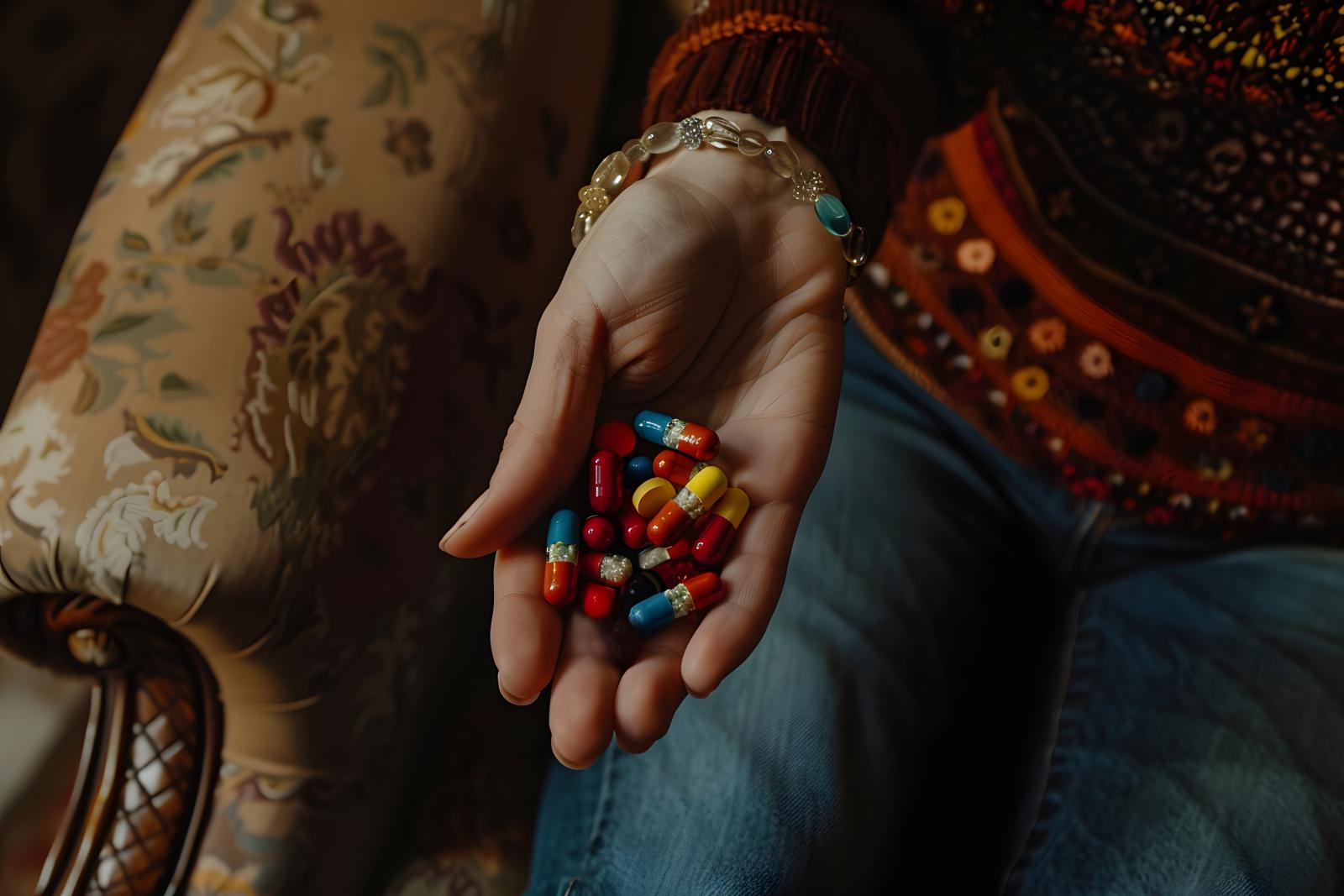Notifications

7 minutes, 4 seconds
-24 Views 0 Comments 0 Likes 0 Reviews

Bollywood has long been a cultural cornerstone in India, shaping everything from fashion trends to moral values. But its influence doesn't end at the surface level. Over the years, Bollywood has also played a controversial role in how society views drug use and addiction. From glamorized portrayals of substance use to hard-hitting films showing the consequences of addiction, the silver screen has both reflected and influenced public attitudes.
This blog post explores how Bollywood impacts perceptions around drug culture and addiction, and why facilities like Nasha Mukti Kendra in Zirakpur are more crucial than ever in separating reel life from real life.
In earlier decades, drug use in Bollywood was often portrayed with a rebellious or glamorous flair. Characters using drugs were depicted as trendsetters, artists, or anti-heroes—individuals living fast-paced, exciting lives. This kind of portrayal can be problematic, especially for impressionable youth who may not fully grasp the consequences.
Dev.D (2009): While it shows the dark side of addiction, the character’s erratic and wild behavior was seen by some as “cool” or edgy.
Go Goa Gone (2013): A stoner comedy that uses drug references for humor, making light of serious substance use issues.
Shaitan (2011): Showcased urban youth caught in a web of crime, parties, and drug abuse, but many viewers focused more on the cinematography than the cautionary tale.
This glamorization can create a dangerous illusion—that substance use is a normal or even desirable part of the “cool” lifestyle.
In recent years, a shift has been observed. Filmmakers have started portraying the harsh realities of drug abuse, often as cautionary tales. Films like Udta Punjab (2016) highlighted the drug crisis in Punjab, bringing public attention to an issue that was largely brushed under the carpet.
This growing realism helps reinforce the message that drug addiction is a serious health crisis, not a lifestyle choice.
Udta Punjab: A gritty depiction of drug abuse among youth in Punjab.
Tamasha (2015): Subtly touches on mental health, which is often intertwined with addiction.
Sanju (2018): A biopic that addresses how drug addiction nearly derailed actor Sanjay Dutt’s career.
Facilities like Nasha Mukti Kendra in Zirakpur often see real-life cases that mirror these storylines, showing the line between art and life is thinner than it seems.
When celebrities endorse brands or trends, they shape opinions. The same happens—negatively—when Bollywood stars are involved in drug-related controversies. Media coverage of high-profile drug scandals tends to sensationalize the issue, inadvertently normalizing it.
Young fans idolize their favorite actors.
Controversies, arrests, or admissions of substance use often go viral.
Fans might misinterpret public sympathy for these celebrities as acceptance of drug use itself.
Nasha Mukti Kendra in Zirakpur has reported an uptick in patients citing celebrity behavior or media influence as a factor in their own experimentation with substances.
As one of the most influential entertainment industries globally, Bollywood has a social responsibility. The power to inform, educate, and influence is immense. While it’s not the sole cause of drug culture, it certainly plays a role.
Featuring disclaimers before movies involving substance use.
Supporting public awareness campaigns around addiction and mental health.
Encouraging actors and filmmakers to use their platform responsibly.
Drug culture isn’t limited to fiction. In towns and cities across India, including Zirakpur, the effects of glorified or normalized substance use are visible. Peer pressure, curiosity, and misinformation often fuel addiction among youth.
That’s where Nasha Mukti Kendra in Zirakpur steps in. This center not only provides treatment but also educates families about media influence, behavioral triggers, and healthy coping mechanisms.
Detox programs supervised by medical professionals
Psychological counseling and behavioral therapy
Family support and community outreach
Awareness workshops that help deconstruct myths around drug use
While Bollywood can influence, it is not solely to blame. Parents and educators play a critical role in helping children understand the difference between entertainment and reality.
Discuss the consequences of substance use early and often.
Encourage critical thinking when watching movies.
Use real-life examples (from news or community) as teachable moments.
Promote healthy alternatives for stress relief and self-expression.
Nasha Mukti Kendra in Zirakpur also runs awareness sessions in schools and colleges to help students build media literacy around drug portrayal.
Bollywood’s influence on drug culture is a double-edged sword. While it has historically glamorized drug use, recent films have taken a more responsible and educational approach. But media alone can't change the narrative.
Rehabilitation centers like Nasha Mukti Kendra in Zirakpur bridge the gap between awareness and action. They offer individuals and families a way out of addiction—and a way forward to healing.
By combining realistic media portrayals, strong community support, and accessible treatment, we can move toward a more informed and healthier society.

